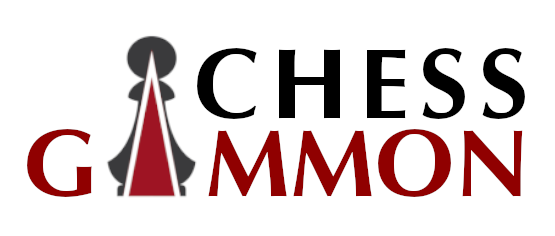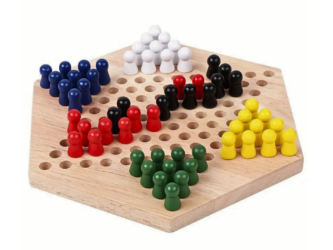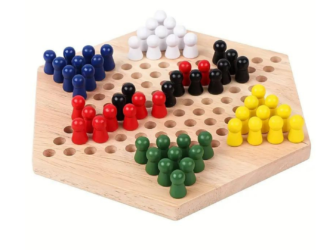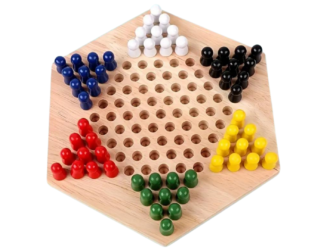Chinese Checkers
Chinese Checkers: The Classic Strategy Game
Chinese Checkers, also known as Damas Chinas, is a timeless strategy board game that has captivated players worldwide for over a century. Despite its name, the game didn’t originate in China, but it has become a household favorite for its simplicity and strategic depth. Whether you’re a casual player or a seasoned strategist, Chinese Checkers offers endless fun and challenges. In this article, we’ll dive deep into its history, rules, strategies, and why it’s still a popular choice today.
What is Chinese Checkers?
Chinese Checkers is a multiplayer game typically played by two to six players. The goal is to move all of your pieces from one side of the hexagonal board to the opposite side, navigating across a star-shaped pattern. The game is easy to learn, but mastering its strategies can take time and skill.
Each player has 10 marbles (or pegs) of one color, and they must jump over other pieces, moving as far as possible in a single move. The first player to move all their pieces into the opposite triangle wins the game.
The History of Chinese Checkers
Although its name suggests an Eastern origin, Chinese Checkers was invented in Germany in 1892 under the name “Sternhalma.” The game was based on a variation of the American game “Halma,” but with a simplified design and more accessible rules. It was later marketed as “Chinese Checkers” in the United States during the 1920s as part of a clever marketing strategy to boost its appeal, capitalizing on Western fascination with East Asian culture.
Since then, the game has become a beloved classic, found in homes, schools, and game collections worldwide.
How to Play Chinese Checkers
Chinese Checkers is simple to set up and play, making it an ideal game for all ages. Here are the basic rules:
- Setup: Each player places their 10 marbles in one of the six points of the star on the board. The goal is to move all 10 marbles to the opposite side.
- Moving the Pieces: Players take turns moving one marble at a time. A marble can be moved to an adjacent hole or jump over one or more marbles, either their own or an opponent’s, provided the jumps are in a straight line and the space after the jump is free.
- Winning: The winner is the first player to move all their pieces across the board to the opposite triangle.
Strategies for Winning Chinese Checkers
While Chinese Checkers may seem straightforward, mastering the game requires careful planning and foresight. Here are some strategic tips to improve your game:
- Focus on the Middle: Try to move your pieces toward the center of the board early. Controlling the middle gives you more jumping opportunities and faster movement toward your goal.
- Chain Jumps: The most efficient way to move across the board is by setting up multiple jumps. By aligning your pieces (and sometimes your opponents’) strategically, you can jump several marbles in a single move, significantly speeding up your progress.
- Block Your Opponents: If you’re in the lead, you can place your marbles in ways that block your opponents’ pieces, making it harder for them to move forward.
- Keep an Eye on Multiple Pieces: It’s essential not to focus on just one marble. Instead, try to move several marbles forward simultaneously to ensure none get left behind.
Variations of Chinese Checkers
Chinese Checkers offers a range of variations that players can try for a fresh challenge:
- Team Play: In this variation, players form teams and work together to move their pieces across the board. Team games require even more communication and coordination.
- Fast Play: Some players adopt faster rules where all pieces must move in a continuous jumping sequence to speed up the game.
- Different Board Sizes: Some sets come with different board sizes, affecting the speed and complexity of the game.
Why Chinese Checkers is Still Popular Today
Chinese Checkers has stood the test of time for a few key reasons:
- Easy to Learn, Difficult to Master: Chinese Checkers strikes the perfect balance between accessibility and complexity. Kids can easily pick up the rules, but adults find the strategic depth keeps them coming back for more.
- Multiplayer Fun: The game accommodates two to six players, making it a great choice for group gatherings or family game nights.
- Portability: Many Chinese Checkers sets are compact and portable, making them perfect for travel or vacations.
- Universal Appeal: Its simple rules and fast-paced gameplay have made Chinese Checkers a global favorite, appealing to players of all ages and skill levels.
Conclusion
Chinese Checkers is more than just a simple board game—it’s a strategic challenge that offers endless hours of entertainment. Whether you’re playing casually with friends or competing in more serious settings, the game provides something for everyone. Its rich history, coupled with its lasting appeal, makes Chinese Checkers a must-have for any board game collection. So, if you haven’t played it yet, now is the perfect time to discover why this classic game has captivated players for over a century!




